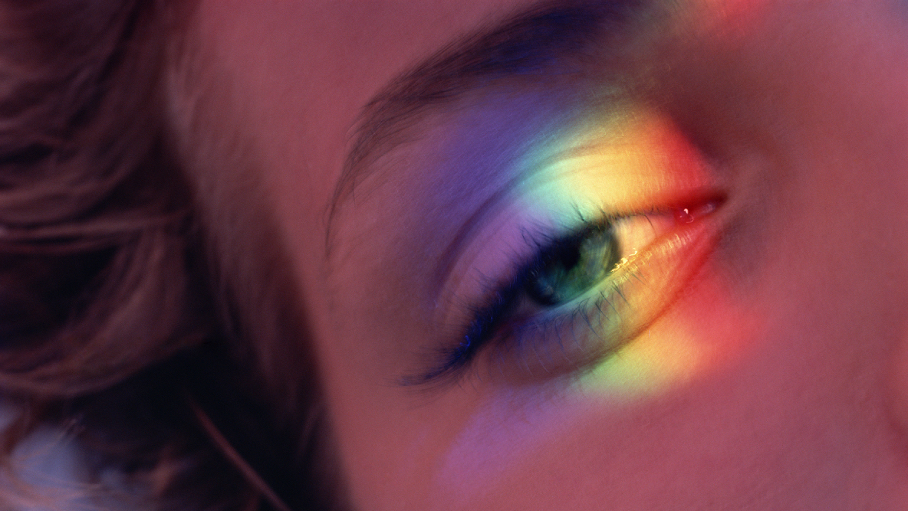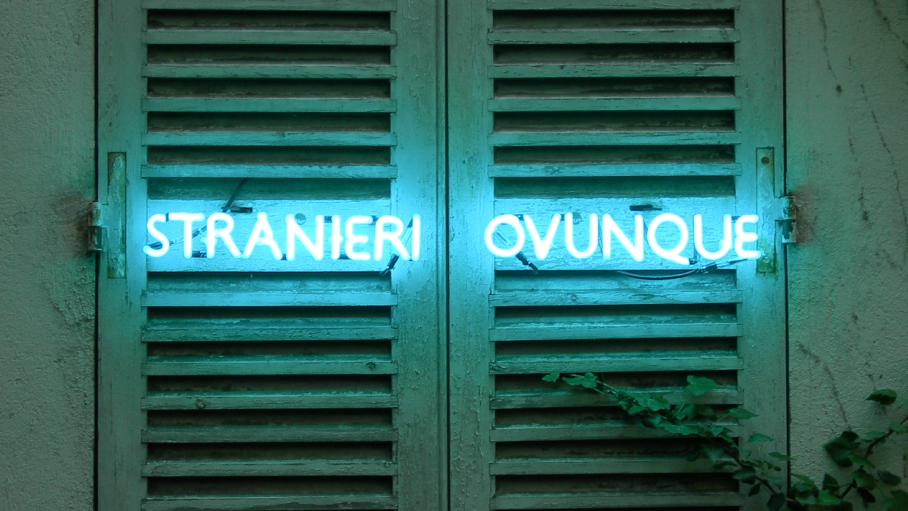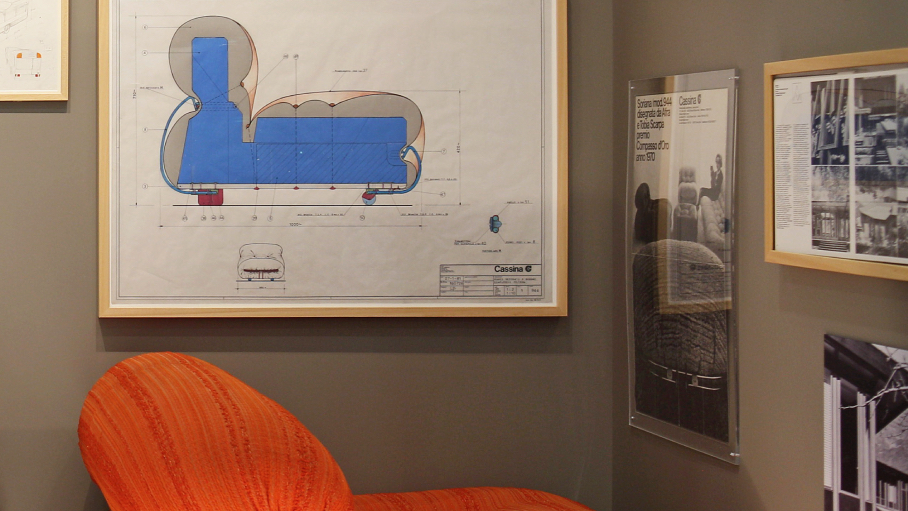ART NEWS
Foreigners everywhere. Adriano Pedrosa presents the 60th Venice Biennale Arte
The 60th International Art Exhibition, titled Stranieri Ovunque – Foreigners Everywhere, will open to the public from Saturday April 20 to Sunday November 24, 2024, at the Giardini and the Arsenale; it will be curated by Adriano Pedrosa and organised by La Biennale di Venezia. The pre-opening will take place on April 17, 18 and 19; the awards ceremony and inauguration will be held on 20 April 2024.
A very Florentine adventure: or maybe not
Pagani. The emotion of a dream
Classic & Sports Cars. Freedom and beauty in movement
El Greco. Venetian, universal and contemporary
ADI. The compass of taste
Domus Tiberiana. Imago imperii
On 21 September 2023 the Colosseum Archaeological Park opened the Domus Tiberiana to the public, almost 50 years after the onset of the serious structural problems that had led to its closure and following important restoration interventions.
Miuccia Prada heads the Foundation
Miuccia Prada has formalized her role as Fondazione Prada’s Director and confirmed her personal commitment to present and future projects, as she has done in the last three decades.
Museo Poldi Pezzoli. Through art we know beauty
Today, the collection comprises more than 6000 objects including paintings, sculptures, ceramics, glass, weapons, gold, watches and textiles. For each collection, the museum holds extraordinary masterpieces, considered by critical literature to be the most important in the world. (…)
Fausto Melotti. Anti – sculpture with music and poetry
Villa Necchi Campiglio and the original modernity
Pinacoteca Tosio Martinengo. Classically modern
The decision to collect for Paolo Tosio came after an exciting stay in Rome, a stop along with Florence and Naples on the artistic journey he made between 1807 and 1808 with his wife Paola Bergonzi. He only went there once, but that was enough to make him fall in love with ancient art and Raphael, but also with contemporary art, because it was in Rome that he got to know and frequent the circle of artists who were most avant-garde at the time.
Pinacoteca Nazionale di Bologna. A house to live in
The people of Bologna, those who live in this city, must perceive the Pinacoteca as a place that belongs to them, not only because it is a public institution, but also because it preserves a collection closely linked to the territory, which tells its story through artistic documents of the highest quality from the 14th to the 19th century.
Fondazione Scuola Beni Attività Culturali. Today is already tomorrow
Our aim is to offer the national museum system as a whole new professionals, and at the same time to intuit what will be the professions of tomorrow, in the knowledge that different disciplines need to be networked. (…) The School wants to be the bearer of cultural values that go in this direction, that is, to dialogue, to connect, to relate what we considered distant until a few years ago. A mission that I believe is important.
Accademia Carrara. The House of Collectors
The Accademia Carrara’s holdings consist of 98% private bequests. Since its foundation, there have been more than 260 donors, with an admirable adherence to Giacomo Carrara’s project that has continued for more than two hundred years, and that has led to the identification of the Carrara with the “museum of collecting”.
TEFAF 2023. Art as infinite pleasure
To an art lover, getting lost in TEFAF is like being locked in a chocolate shop if you have a sweet tooth. A triumph of sensations that overlap one after the other until they stun you, make you intoxicated with shapes and colours. (…)
Notes from BRAFA 2023
Heterogeneous in its offer and renewed in its layout, the 68th edition of BRAFA in Brussels is open until 5 February 2023 in two welcoming halls of the Brussels Expo, an immense Art Deco exhibition complex inaugurated in 1935 for the Universal Exhibition. (…)

























































